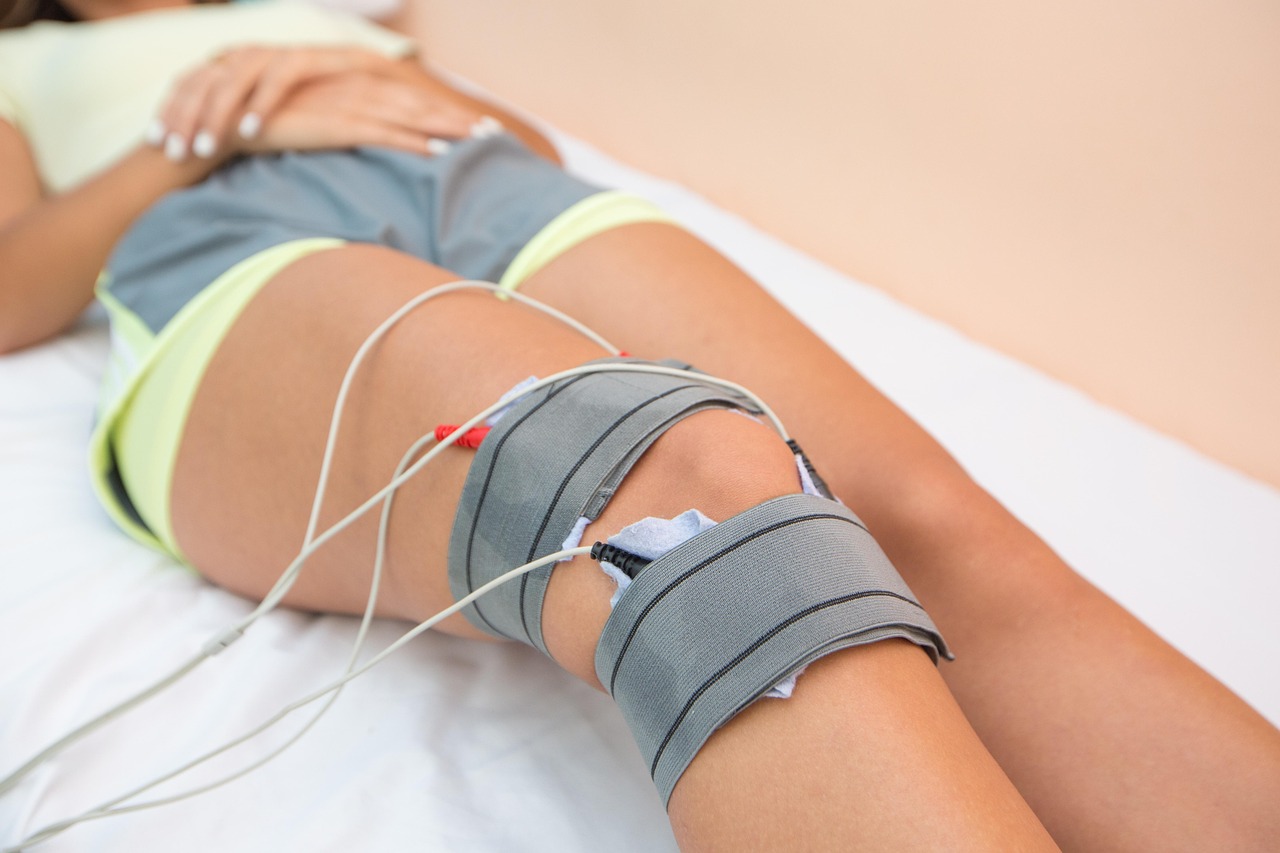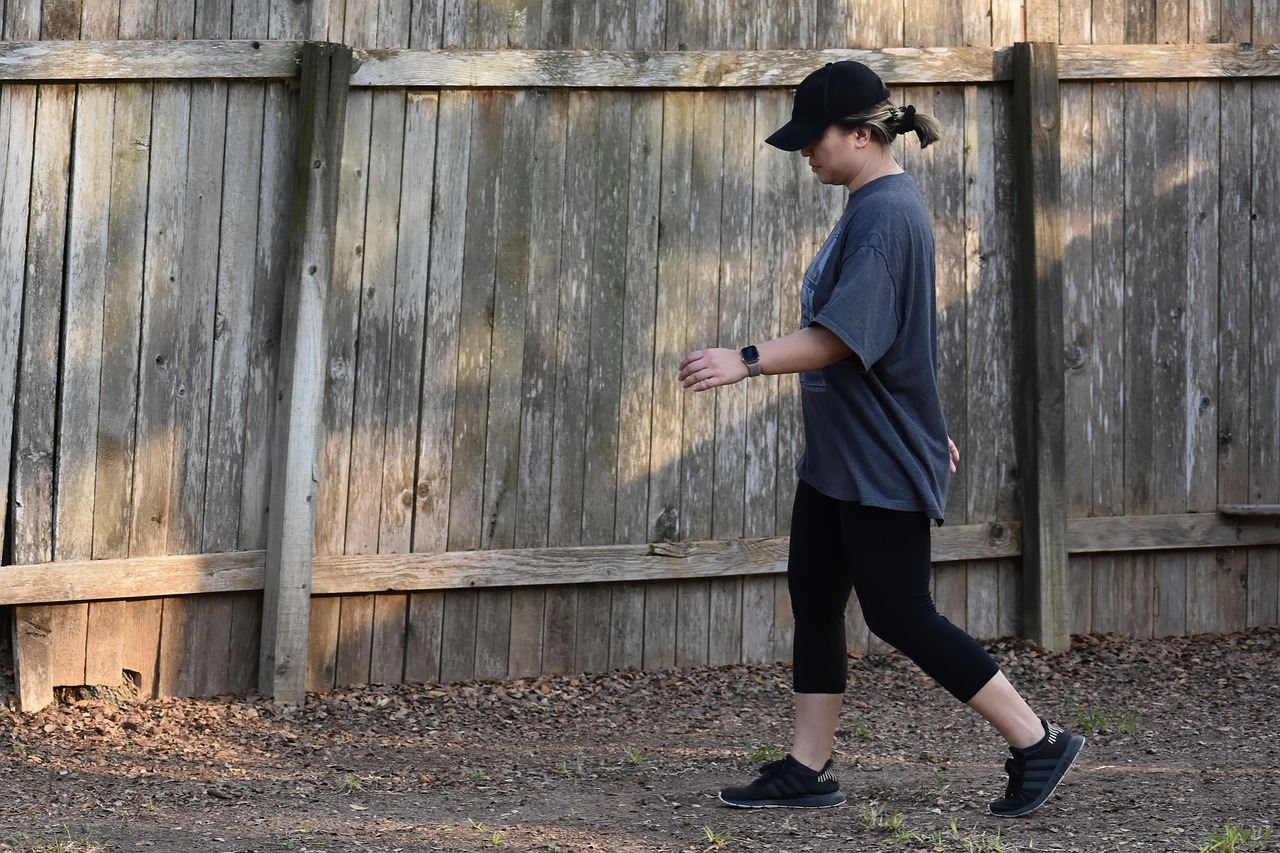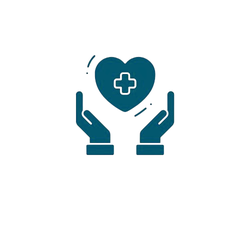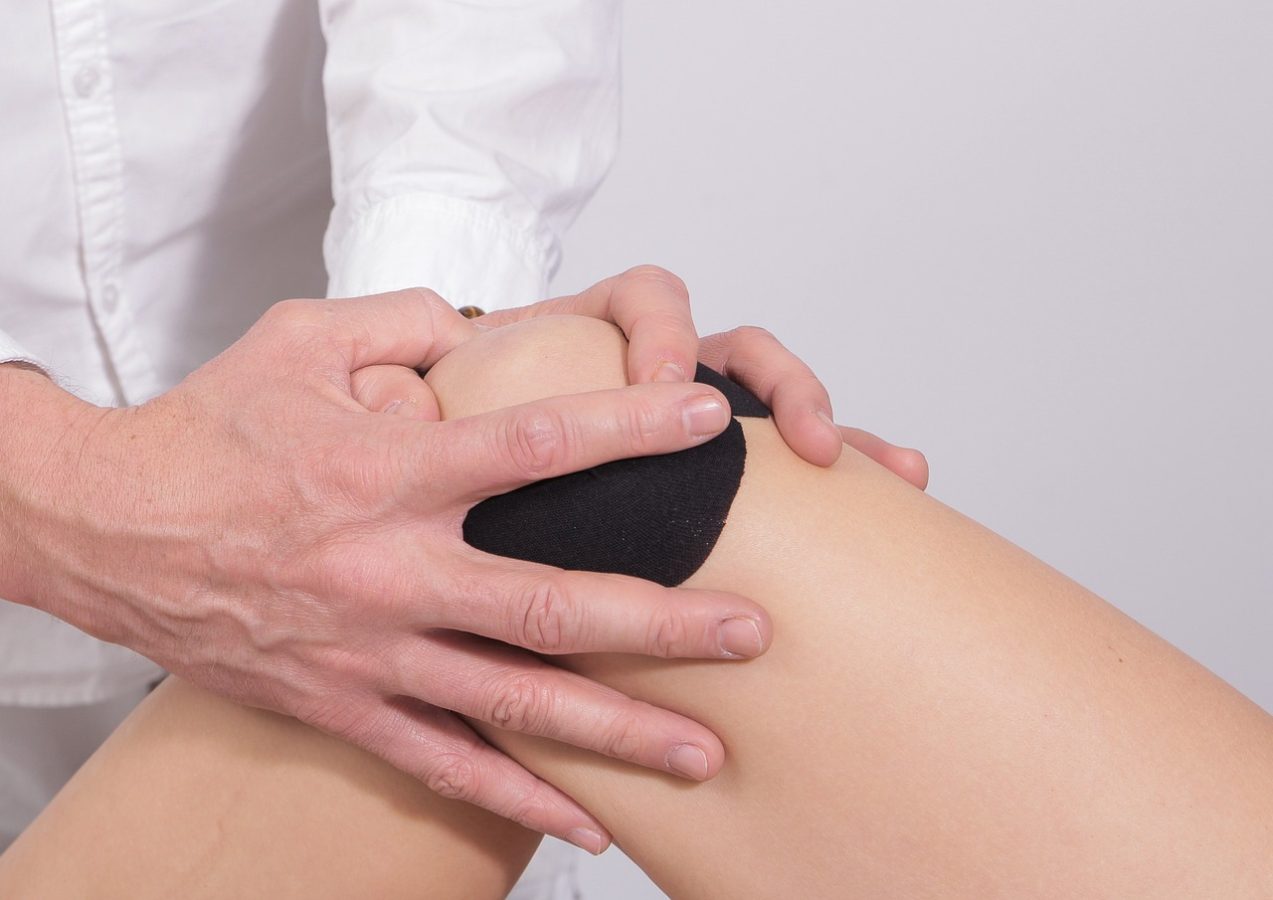Quick Answer
Joint pain after 40 usually comes from age-related cartilage wear, early osteoarthritis, prior injuries, excess weight, and low activity; the earlier you act, the better your long-term joint health.
Quick Action Plan
- Switch to low-impact training (walking, cycling, swimming) 150–300 minutes/week + 2 strength sessions.
- Lose 5–10% body weight if overweight; build leg/hip strength and mobility daily.
- See a clinician if pain/swelling lasts >2–3 weeks, limits function, or follows injury.
Sources: Harvard Health, Mayo Clinic, NIH/NIAMS
Why does joint pain start after 40?
Because cartilage thins, past micro-injuries accumulate, and recovery slows, making joints more sensitive to load.
By your 40s, collagen quality declines and synovial fluid changes. If you had sports injuries, long desk hours, or extra weight, the knee, hip, and lower back carry more stress. Hormone shifts (particularly in women during perimenopause) and low daily movement add up. All of this sets the stage for joint pain after 40 to appear even without a single “big” injury.
What are the most common causes of joint pain at 40?
Osteoarthritis, tendinopathy, overuse, old injuries, and inflammatory flares are the usual drivers.
For many, early osteoarthritis is the top cause of joint pain at 40. Knees and hips work hardest, so knee problems at 40 and hip discomfort are frequent. Sedentary weeks followed by intense weekend workouts spark tendinopathy. Prior ACL/meniscus tears resurface as knee problems after 40. Less commonly, autoimmune arthritis can start in your 40s.
How do lifestyle habits affect joint pain after 40?
Low activity, poor sleep, and ultra-processed diets raise inflammation and joint load; the opposite habits relieve pain.
Regular movement lubricates cartilage and strengthens support muscles. Sleep loss heightens pain sensitivity. Diets rich in vegetables, beans, nuts, olive oil, and fish help calm low-grade inflammation. Alcohol excess and smoking worsen joint pain after 40 and slow tissue repair.
Can arthritis really begin in your 40s?
Yes—both osteoarthritis and inflammatory arthritis can begin in this decade.
Many people ask, “can you get arthritis in your 40s?”—the short answer is yes. Early osteoarthritis may show as morning stiffness <30 minutes and activity-related ache. Some develop autoimmune types (e.g., rheumatoid) that need prompt care. If you wonder “why do I have arthritis in my 40s?”, look at past injuries, genetics, weight, and workload on your knees and hips.
What role do exercise and weight play in joint health?
They are the biggest modifiable levers: strength + mobility lowers pain, and weight loss reduces knee load immediately.
Every extra kilogram adds multiple kilograms of force through the knee with each step. Losing even 5% body weight can ease knee problems at 40 quickly. Prioritize low-impact cardio plus strength for quads, hamstrings, glutes, and calves. Consistency beats intensity for joint pain after 40.

When should you see a doctor for joint pain after 40?
If pain lasts beyond 2–3 weeks, wakes you at night, follows trauma, or you notice locking, giving way, swelling, fever, or redness.
Red-flags require assessment and possibly imaging/labs. Persistent joint pain at 40 with swelling could signal inflammatory arthritis. For mechanical symptoms after sport, an exam can distinguish meniscus/ligament issues from simple overuse that fuels knee problems after 40.
What are the best ways to prevent joint problems in your 40s?
Build a weekly movement base, strengthen legs/hips, keep a healthy weight, and manage sleep and stress.
Think prevention as a routine: 7,000–10,000 steps/day, 150–300 minutes of low-impact cardio weekly, and two strength days. Add daily mobility (5–8 minutes) and balance drills. These habits cut the risk of joint pain after 40 and tame existing knee problems at 40.
What home care actually helps right now?
Brief rest, gradual return to activity, ice/heat as preferred, topical NSAID gels, and simple braces for specific tasks.
Topical diclofenac may reduce joint pain at 40 in knees/hands; check local regulations and talk to your clinician. Short-term sleeves can help confidence during walks while you strengthen. Avoid total rest: it weakens support muscles and prolongs knee problems after 40.
Which exercises are safest if knee pain flares?
Walking on flat ground, cycling, swimming, and controlled strength moves with full rest days are safest.
Start with sit-to-stands, step-ups, wall sits, bridges, and calf raises. Keep pain ≤3/10 during and after. These moves steadily reduce joint pain after 40 and suit people with knee problems at 40. If symptoms spike next day, lower reps or range.

Could footwear or desk setup cause joint pain after 40?
Yes—old shoes, hard surfaces, and poor sitting/standing ergonomics can overload knees and hips.
Replace worn sneakers every ~500–700 km of walking/running. Use slight heel-toe drop if your knees complain. Adjust chair height and monitor position. Small ergonomic wins add up for joint pain at 40.
How do sleep and stress affect joint pain?
Poor sleep and chronic stress amplify pain signals and slow tissue recovery; improving both often lowers pain quickly.
Prioritize 7–9 hours/night, a consistent schedule, and a wind-down routine. Mindfulness breathing or short meditations reduce muscle guarding and perceived joint pain after 40.
FAQ: Joint Pain After 40
Is joint pain after 40 normal?
It’s common but not inevitable; most people improve with movement, strength, and weight management.
What vitamins help with joint pain after 40?
Food first (Mediterranean-style). If deficient, vitamin D and omega-3 can help overall health; always check with your clinician.
Does losing weight reduce knee pain?
Yes—even 5–10% weight loss significantly lowers knee load and pain for many adults.
Related Articles
- How to Improve Memory After 40
- How to Improve Sleep After 40
- How to Build Muscle After 40
- How to Quit Smoking After 40
- How to Quit Drinking After 40
Take Care of Your Joints Today
Your 40s are the ideal time to protect your knees and hips. Build the habit of daily steps, two strength days, and smart recovery. If pain lingers, book an assessment and keep moving—small changes now prevent big problems later.

